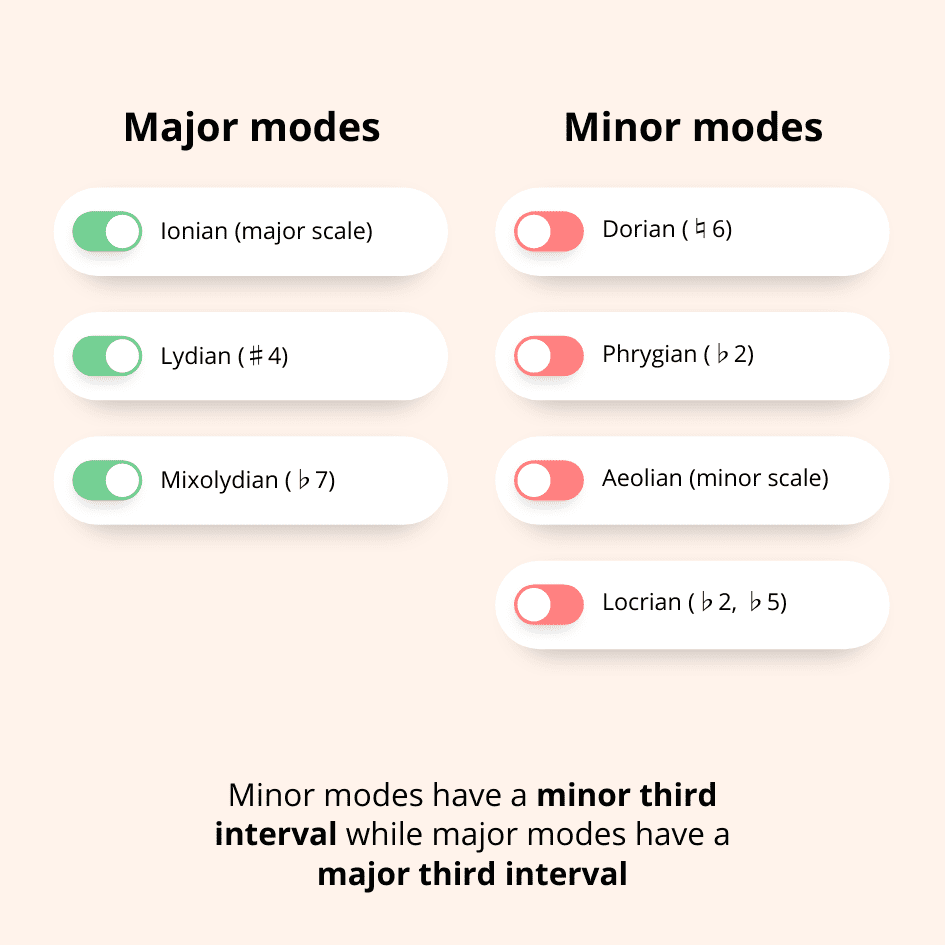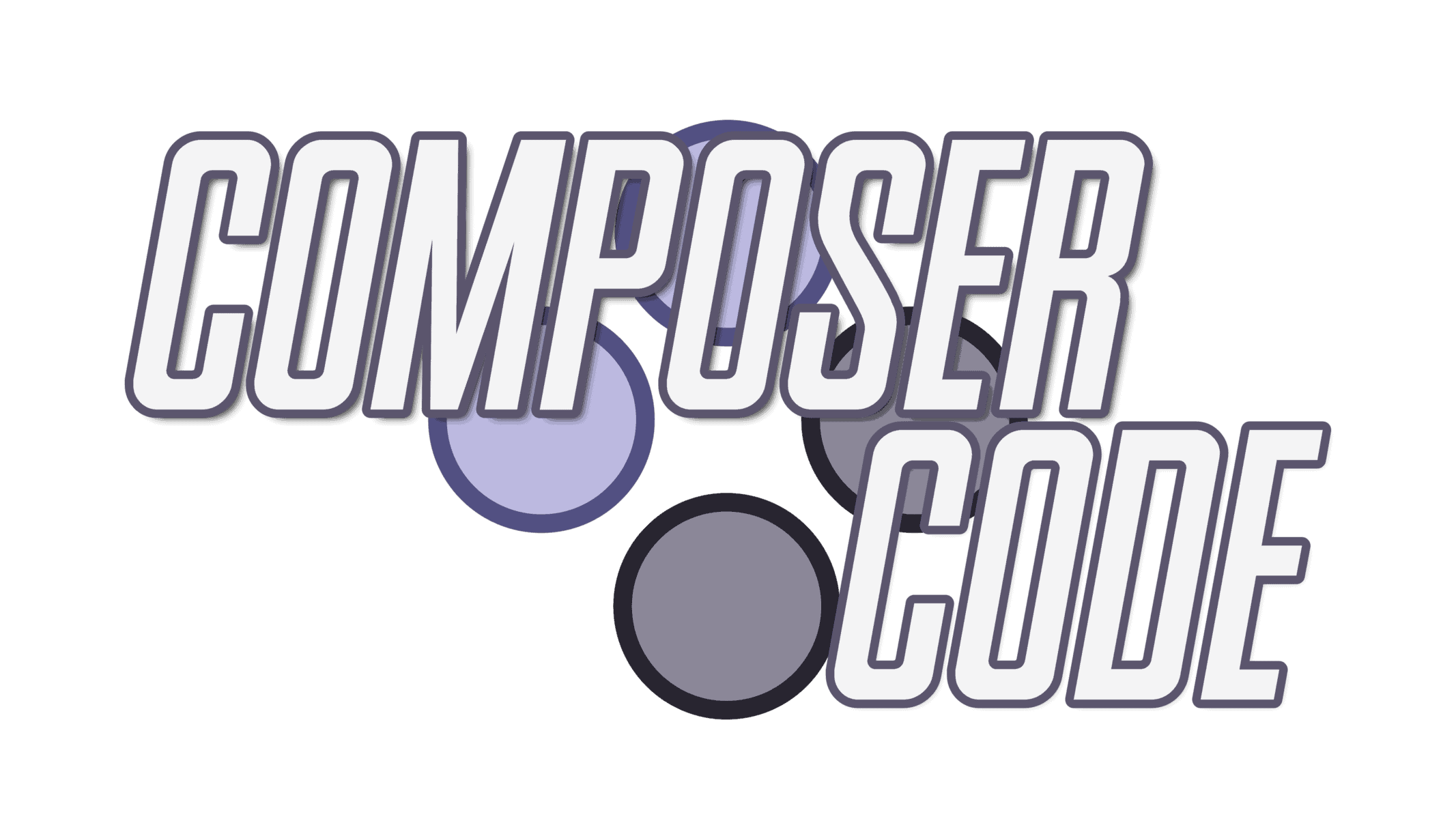
The Ionian mode, also known as the major scale, is one of the most commonly used scales in western music.
It is made up of seven notes, with a half step between the first and second notes, and between the fourth and fifth notes. The Ionian mode has a bright, happy sound to it and is often used in upbeat songs.
What are musical modes and why are they important?
Musical modes are particular ways to organize musical pitches, not unlike a scale.
Modes are important because they can help us break out of the “major is happy” and “minor is sad” clichés, and allow us to express more nuanced emotions in our music.
In the Western classical tradition, there are seven primary modes, often referred to as diatonic modes:
- Ionian
- Dorian
- Phrygian
- Lydian
- Mixolydian
- Aeolian
- Locrian
Many folks will describe modes as just “major scales with different starting notes.” For example, if you take the C major scale…
C – D – E – F – G – A – B – C
…and shift the starting note (tonic) to the sixth degree, you would construct a scale in the A Aeolian mode, aka the natural minor scale:
A – B – C – D – E – F – G – A
It’s all the same notes, just shifted over six degrees.
This is all well and good, but I don’t think it lends itself well to really learning and internalizing modes (or transposing modes into any other key besides C, because that’s always the one used in these examples).
A better way is to think of modes in two camps: major modes and minor modes.
Major modes are all the modes with a major third, namely:
- Ionian (classic major scale)
- Lydian
- Mixolydian
While minor modes are all the modes with a minor third:
You can think of each mode as a twist or variation of the standard major or minor scale. In our case, we’re focusing on the Ionian mode, which is technically just a standard major scale.

What is the Ionian mode?
The Ionian mode, as we’ve just described, is the standard major scale. But how do you construct a major scale?
As alluded to in the introduction, the formula for building out the Aeolian mode is:
Whole Step, Whole Step, Half Step, Whole Step, Whole Step, Whole Step, Half Step
The great thing about this formula is that it works no matter what note you start on. For example, let’s say we want to build a scale using the B♭ Ionian mode:
- First, we start off with B♭
- Then, we move a whole step to C
- Then, a whole step to D
- Then, a half step to E♭
- Then, another whole step to F
- Then, another whole step to G
- Then, another whole step to A
- And finally, another half step back to B♭
Notice how we count each pitch in sequential letters.
Meaning, we don’t say “D to D#”, but rather “D to E♭.” Technically both notes sound the same, but this method is a best practice to avoid confusion and create clear musical notation.
For some examples of chord progressions in video game music, many of which feature the Ionian mode, check out my video below:
Thanks for reading!
